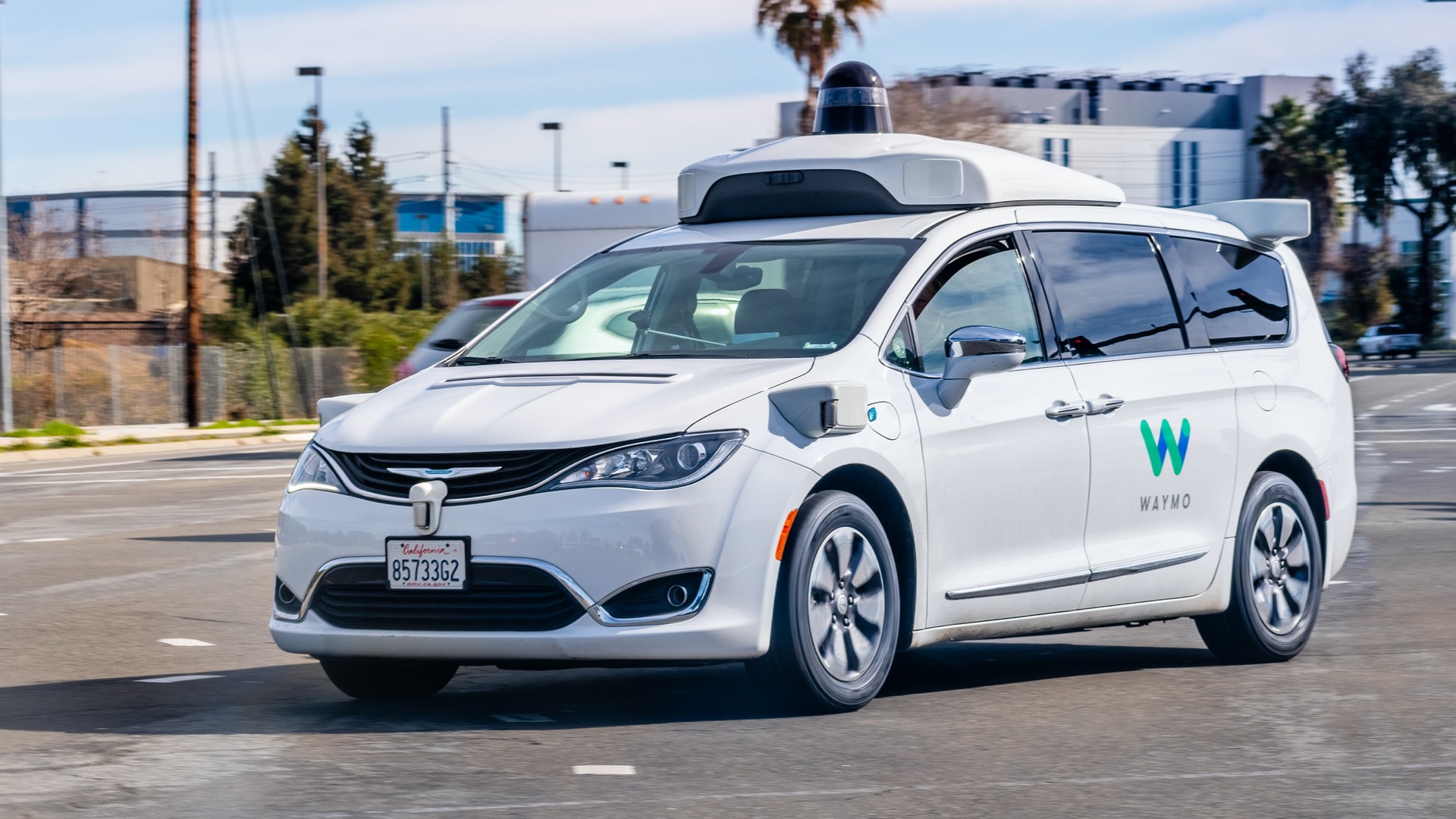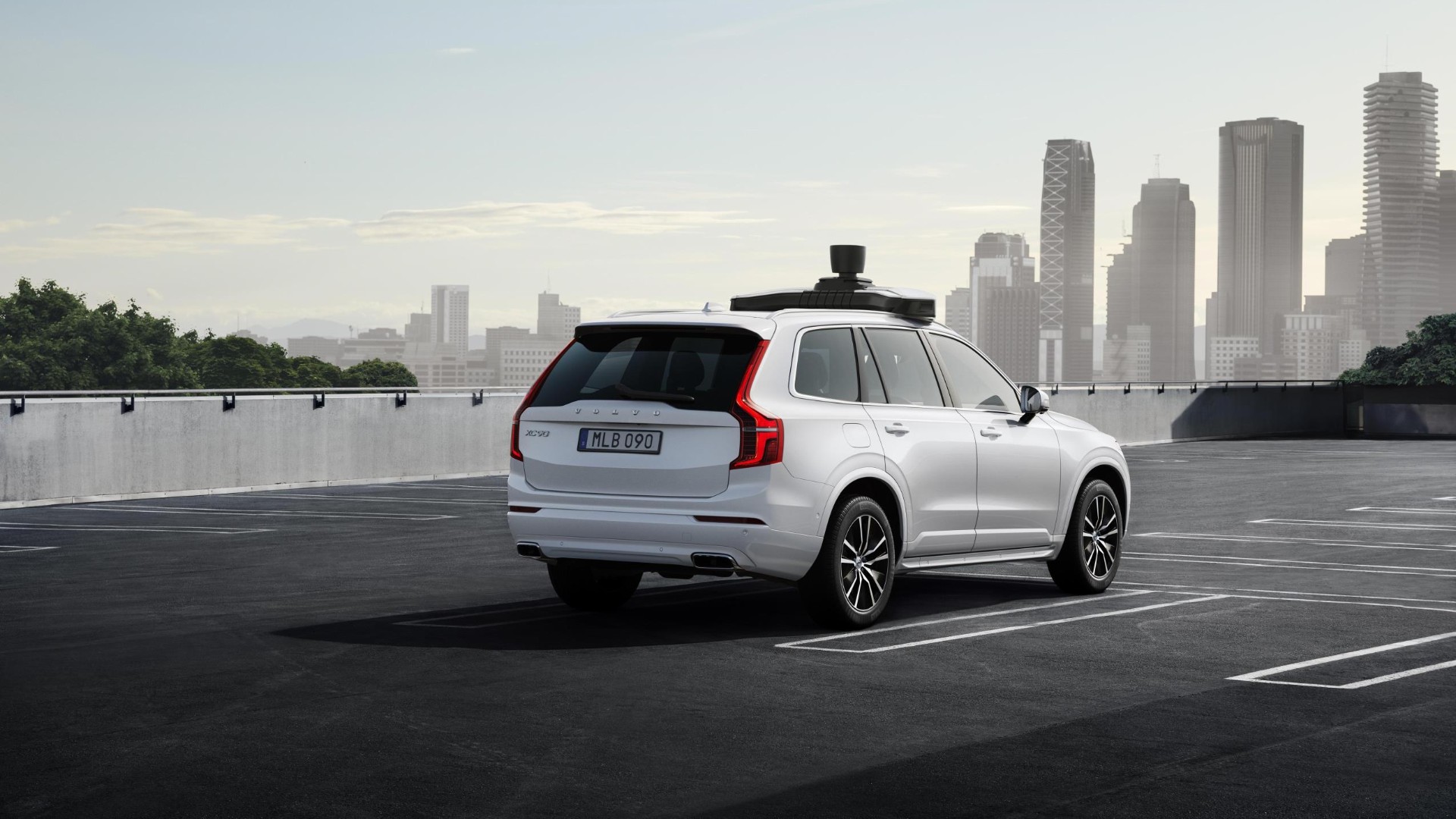
“Fully automated cars are expected to contribute some 13.7 billion U.S. dollars by 2030. One in ten vehicles will be self-driving by then.”
That’s quite a claim. Within a decade, 10 percent of vehicles will be self-driving globally. TEN PERCENT.
According to the International Energy Agency (IEA), the world’s car count is likely to hit roughly two billion somewhere in the 2035 to 2040 window. So that’s 200 million self-driving cars and rising. Give or take a few million, that’s a lot of self-driving cars, not to mention a major shift in driving culture and the supporting infrastructure.
Statista, the organisation behind the claim, provides a major caveat. “Clearly, the market growth depends on the speed of consumer acceptance and the manufacturers’ ability to scale up production,” it says.
“Many consumers see attacks from hackers as the main barrier to autonomous vehicle adoption. Almost four out of five consumers do not trust self-driving cars to provide enough vehicle security. More than 70 percent of consumers do not think driverless vehicle systems will be safe from hackers.”
There are a lot of hurdles and obstacles to clear in a decade. In just four sentences, Statista references consumer acceptance, production and security as three barriers to the success of the self-driving car.
‘Expected to reach new heights’

Karl Brauer, executive publisher of Cox Automotive, is sceptical. “There’s several hundred thousand dollars of technology in each of these vehicles,” he said. “I don’t see private ownership of self-driving cars happening for the foreseeable future.”
However, Brauer shares Statista’s view that robo-taxis could replace taxis and ride-sharing vehicles in towns and cities. Statista says driverless taxis are expected to contribute some 1.2 trillion U.S. dollars by 2030, making it the top application for fully autonomous technology.
The technology isn’t restricted to terra firma. Last month, Hyundai and Uber unveiled a ride-sharing air taxi, with plans to make it a fully autonomous solution to urban congestion. It could take flight as early as 2023, although self-piloting versions are expected to arrive much later.
A recent report by Transparency Market Research (TMR) shows that the robo-taxi market is growing rapidly at a value Compound Annual Growth Rate (CAGR) of 58 percent. “The adoption of robo-taxis is expected to reach new heights in the coming years,” it says.
The report also points to the market drivers fuelling the growth of the self-driving car market. One is the rising demand for roadside safety of the drivers and passengers, with TMR pointing to the fact that 90 percent of accidents are the result of human error. Among these accidents, 50 percent have proven to be fatal.
Whether or not motorists are ready to put their trust in self-driving cars remains to be seen. If not, the ‘one in 10’ claim seems wildly optimistic.
ALSO READ
Vauxhall calls time on extra-cost options for new Corsa
You can make £1,000 a year by renting out your driveway
How to pack your car for Christmas